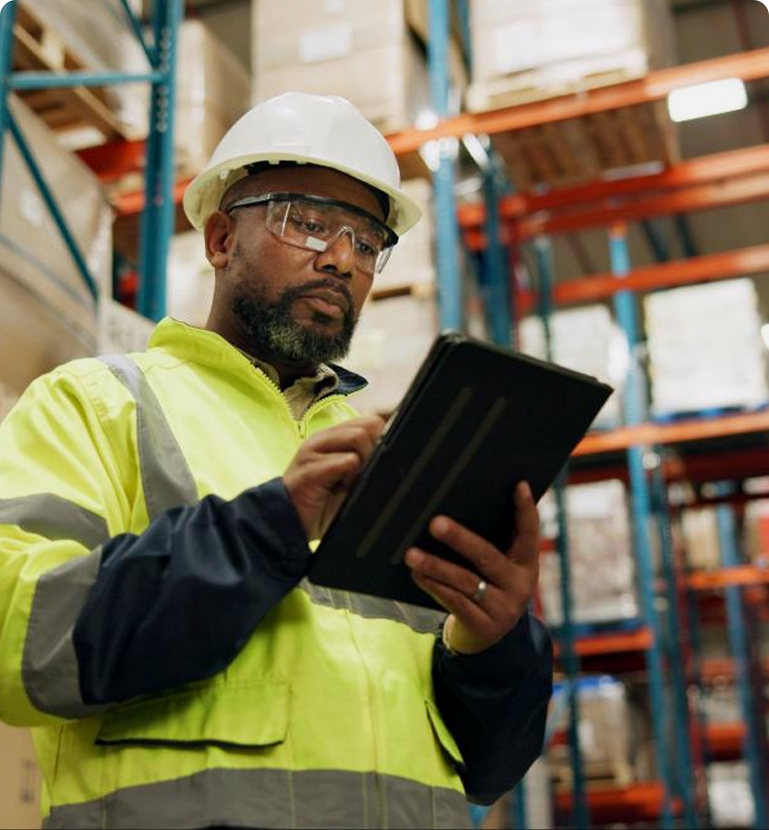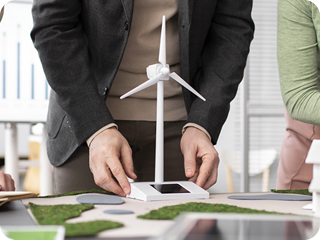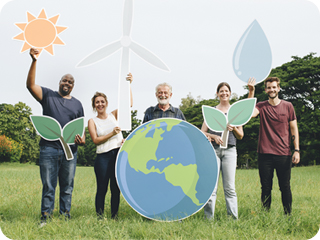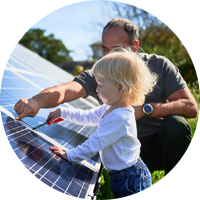Environmental responsibility commitment of our own TGA factory
We recognise that corporate responsibility is not just about providing families with high quality products, but also about being proactive in addressing our impact on the environment.
We have been granted an Environmental Licence by the South Australian Environmental Protection Agency (EPA) under the Environmental Protection Act 1993. This licence not only means we are fully compliant, but also represents our long-term commitment to environmental protection.
The EPA licence authorises us to carry out operations that may have an impact on the environment within prescribed limits. To ensure that our operations meet environmental standards, we strictly adhere to the following environmental responsibility measures, including but not limited to:

General Environmental Obligations
We are legally required to take all reasonable and practicable steps to prevent or minimise environmental hazards arising from our operations.

Annual reporting
Each year we submit an annual forecast of our operational activities and, in some cases, emissions data for the previous year via the EPA online system. This data is used as the basis for calculating environmental charges.

Compliance monitoring and on-site inspections
Our manufacturing sites are subject to regular on-site inspections (including unannounced inspections) by authorised officials of the EPA to verify compliance with emission standards, waste disposal specifications and other permit conditions.

Community Communication and Transparency
We believe that environmental protection is not just a matter of compliance, but also a matter of community trust. For this reason, we are proactive in communicating environmental information to the surrounding community:
Proactively communicate with neighbouring communities about environmental protection to enhance understanding and support;
Establish a feedback mechanism to respond to community concerns in a timely manner;
Actively participate in community sustainable development activities and share our environmental progress and experience.



 General Environmental Obligations
General Environmental Obligations 
 Annual reporting
Annual reporting 
 Compliance monitoring and on-site inspections
Compliance monitoring and on-site inspections 
 Community Communication and Transparency
Community Communication and Transparency 


 Happiness can actually be very simple
Happiness can actually be very simple